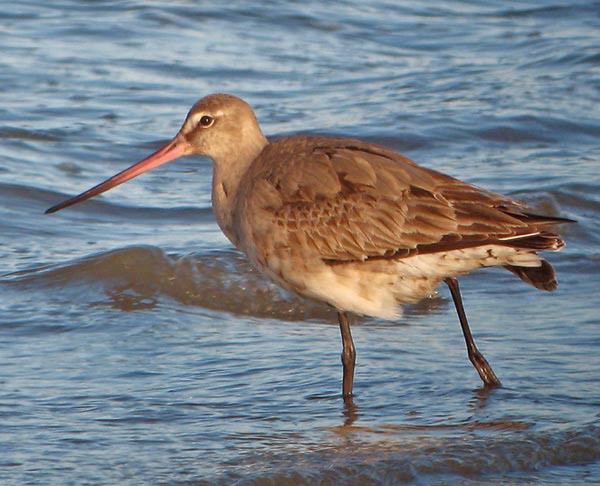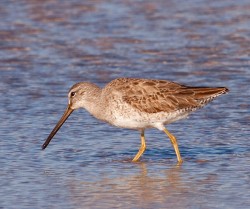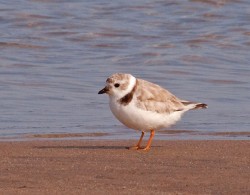Across great distances they migrate, powered on a diet of arthropods and a blast of determination. When they stop to visit, they are among the most watchable of all wildlife, feeding and mating in wide-open spaces without inhibition. We have given them some of our most vivid and entertaining bird names – Hudsonian godwit, short-billed dowitcher, purple sandpiper, and piping plover, to mention a few.
Discussing shorebirds in the pages of Northern Woodlands may seem inopportune at first. Sandpipers and plovers are hardly birds of our woodlands. Very few nest in the Northeast. And we tend to enjoy them during the fall migration, when they concentrate along coastlines. But like much of nature, birds don’t always follow the rules we thrust upon them.
For starters, “fall” migration is a misnomer. Some shorebirds fly south as early as July. If you wait until September to discover shorebirds, at least here in the Northeast, you will have missed the bulk of the migration. The coastline is their freeway south, along which they stop to feed and refuel in tidal mudflats and marshes. But if habitat arises inland – flooded farm fields, managed wetlands, or even a reservoir whose water level is lowered to expose the mud below – shorebirds can drop out of migration to feed.
Next, forget about plumage. Most of our most brightly colored adult shorebirds will have molted from their distinctive plumage by late summer, and their young are likewise a study in browns and grays. The black-bellied plover loses it black belly; gone are the spots on the spotted sandpiper; and the purple sandpiper, well, actually, the purple sandpiper is never really purple to begin with. The skilled shorebird observer looks beyond feathers:
Size, Shape, and Posture – Get a sense of size by comparing the bird to a known species nearby. Black bellied plover (almost a foot long) can be a common and useful measuring stick. For shape and posture, is your shorebird bent over with its belly nearly dragging in the mud? Or is it standing tall on long legs? Does it have a slender, elegant neck? Or is your bird like a feathered football with a head?
Bill, Legs, and Plumage – Is the bill stubby, medium, or long? Upturned or downturned (even ever-so-slightly)? Leg length and color can help, but realize that yellow legs can appear dark if they are covered with mud. Some notable plumage does remain on even the drab birds. Note rump color, the presence or absence of wing stripes, and any markings on the breast, head, and back. They can help.
Behavior and Sound – Dowitchers and many other sandpipers feed in mud or shallow water with a steady jabbing motion reminiscent of a sewing machine. Plovers search visually for food. They look around, run, stop, snatch food; look around, run, stop, snatch some more. We don’t use vocalization with shorebirds as much as we do with songbirds, but listen nonetheless. The least sandpiper’s rolling kreeep and the willet’s funny pill will-willet are diagnostic.
So crack a field guide and start studying your shorebirds. The “fall” migration isn’t that far off.






